We summarized the most important changes of each major social media platform during the year 2015.
WeChat update its features every other week. In 2015, it keeps opening its platform for more advanced customization while encourages high quality original content.
- January, WeChat first introduce “Original Content” function that protects copyright of articles

- February, menu function is opened to all verified WeChat account (service & subscription)
- August: WeChat Moment ads open to all brands
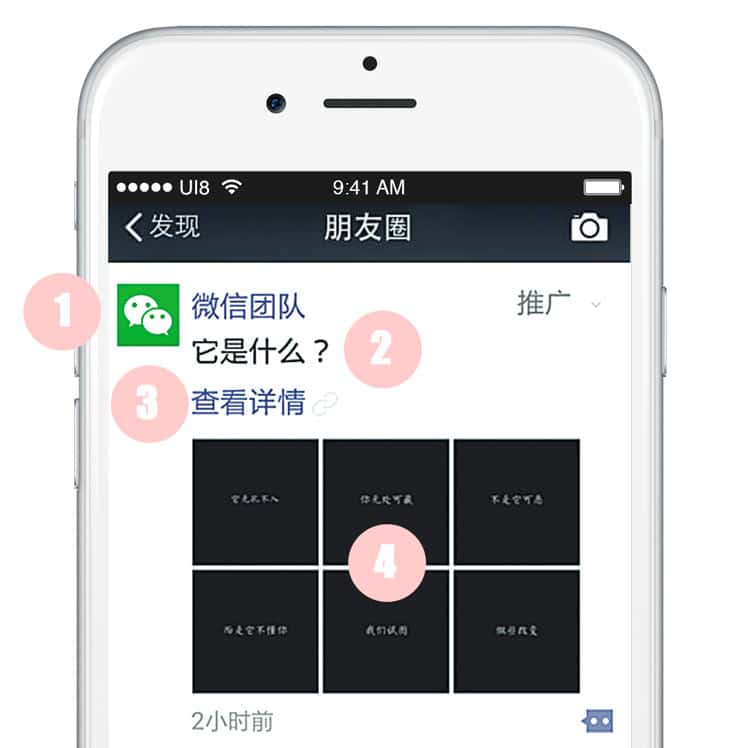
- September: Cross-border WeChat payment function is made available
- November: WeChat payment available overseas through partnership with Union Pay
- December: WeChat menu can be customized to target different groups
- Over the year, stricter policy over incentivized sharing, “false rumors” and illegal content. WeChat even published a billboard of the number of deleted account.
WalktheChat forecast:
- As users have added more WeChat friends and as users follow more WeChat account, the amount of content is overwhelming. Tencent will need to filter the information users receive. Either through a smarter news display for WeChat moments (similar to the current Facebook newsfeed), or a “pin to the top” option for WeChat accounts.
- Payment is still the area with high potential for growth. Tencent will continue to push O2O strategy both in China and outside of China (starting with Korea, HK, South East Asia, Africa and then move to more competitive market such as Europe, Australia and North America).
- Content marketing is more competitive than ever, new accounts will have to rely on advertising, sales or marketing campaign to grow initial followers
- WeChat will introduce better advertising system to help brand to reach their target customers and increase their return on investment on WeChat ads
Facebook becomes a more integrated platform in 2015.
- March- Facebook launched Business for Messenger feature to “reinvent the way people and businesses communicate” with a focus on e-commerce.
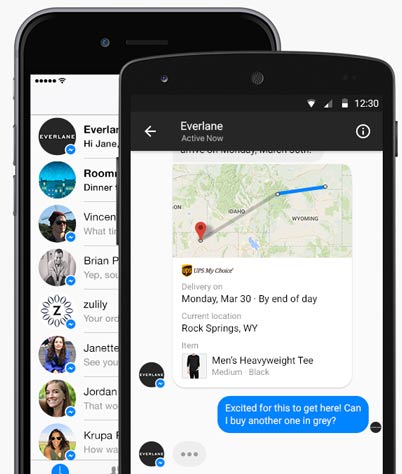
- July – Customized News Feed to show information that’s truly interesting and relevant. Users have the opportunities and freedom to filter the information. For the business, number of likes for the page is just a beginning, publishing more interesting and relevant articles becomes the real key to driving the engagement up. Earlier in January, Facebook warned brands about its plan to tweak News Feed to show more relevant information.
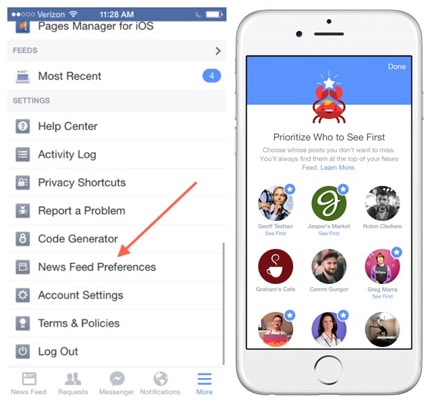
- More direct purchase option from Facebook, including Facebook-embedded stores, tracking orders via Facebook, and the newest released “buy ticket” button for events.
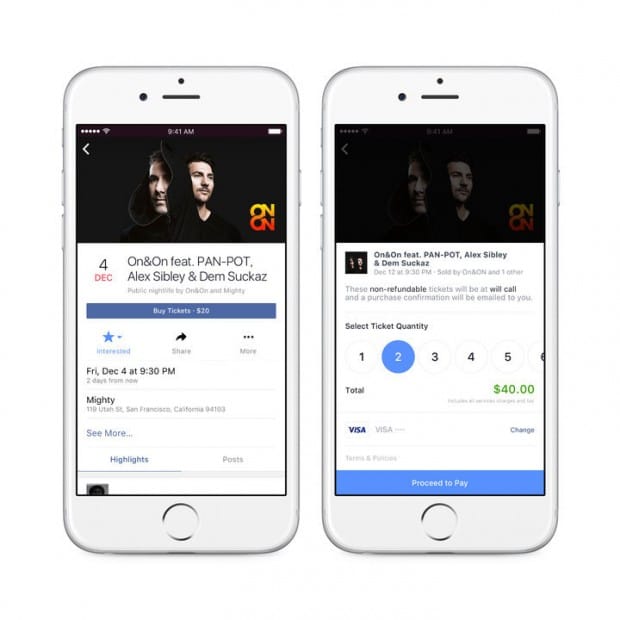
Twitter trying to win back it’s decreasing user base by adding new features: smarter Tweet display, e-commerce and more flexible messaging feature.
- July- New analytics platform to display richer data
- August- Twitter takes out the 140-character limit for messages trying to take a cut on the messenger app market. Although it’s late into this game, Twitter hopes that encouraging more chat will help preserve its shrinking MAU.
- September – Twitter launched Buy Now button to give brands the option to sell products via a tweet.
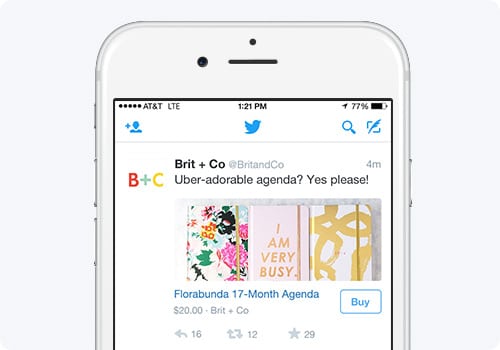
- October – Twitter launched Moments, where you can see the best tweets which happened while you were away. Again, quality comes before quantity.
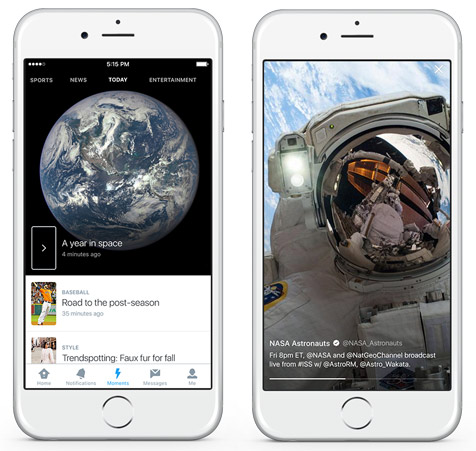
WhatsApp is one of the few social platforms that focus on doing only one thing and doing it best: messaging.
The major change of this year for WhatsApp was the addition of a voice call feature.
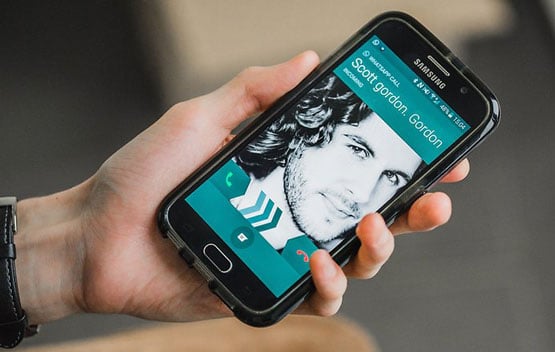
- July – Pinterest rolls out Buyable Pin button for users to buy directly from its website.
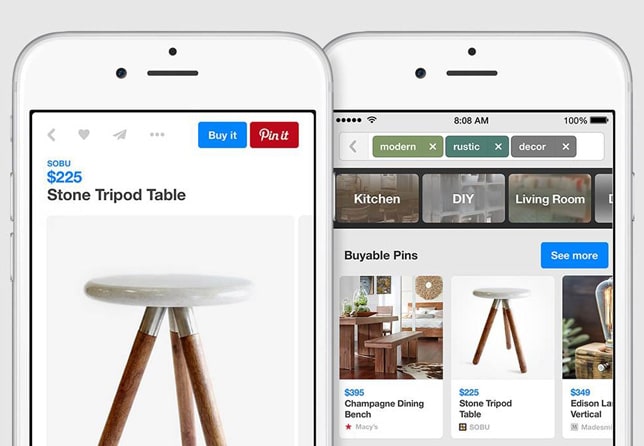
- February- LinkedIn is the only Western social media that successfully entered the Chinese market. The Chinese LinkedIn is a separate website that’s independent from the international site for obvious reasons and is also independently managed by a local team.
- April- update analytics dashboard to enable richer data display
- September- LinkedIn rolled out a redesigned messaging service to replace InMail. It changes the email-style interaction to a messaging interface hoping to increase the response rates.
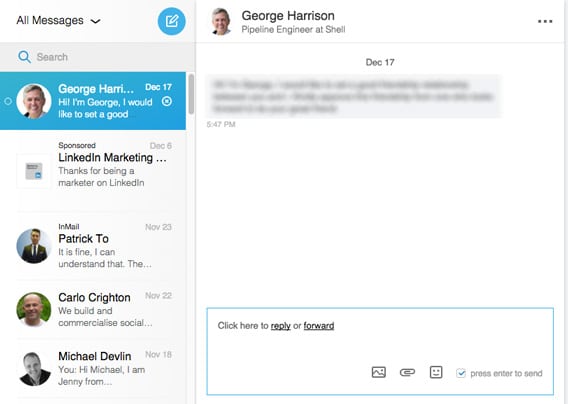
- October – All LinkedIn groups are member-only. This change helps to control the quality of the member in groups.
Conclusion
- Social media platforms are limiting the amount of promotional messages while encouraging for quality and relevant content.
- Platforms are striving to find new style of revenue streams such as e-commerce, sponsored content and e-wallets.
- Brands are starting to realize that messaging is the next big frontier in terms of engaging users, and social networks are all including more advanced messaging features.
- Most social apps are trying to become super platforms (similar to WeChat) by including functions such as action as a browser to open external web page/apps, e-commerce, customer service portal…
What does it mean for you as a marketer?
As a marketer, brands should adapt to the changing social marketing platforms:
- Set your social media plan beyond the marketing goal. As most social media platforms have added messaging features, brands should take advantage of these channels to engage in direct contact with followers. B2B business can have technical support representative to answer technical questions.
- Brands can leverage the new e-commerce feature to target returning customers.
- Use the analytics dashboard to measure engagement and user preference. Set specific positioning in each platform.
- Instead of redirecting users to your website, Apps, think about retaining users on social media platforms like WeChat, Facebook, Twitter, Pinterest. Brands can establish a whole sales cycle integrated to social media platforms, and therefore significantly smoothen the customer conversion path.

